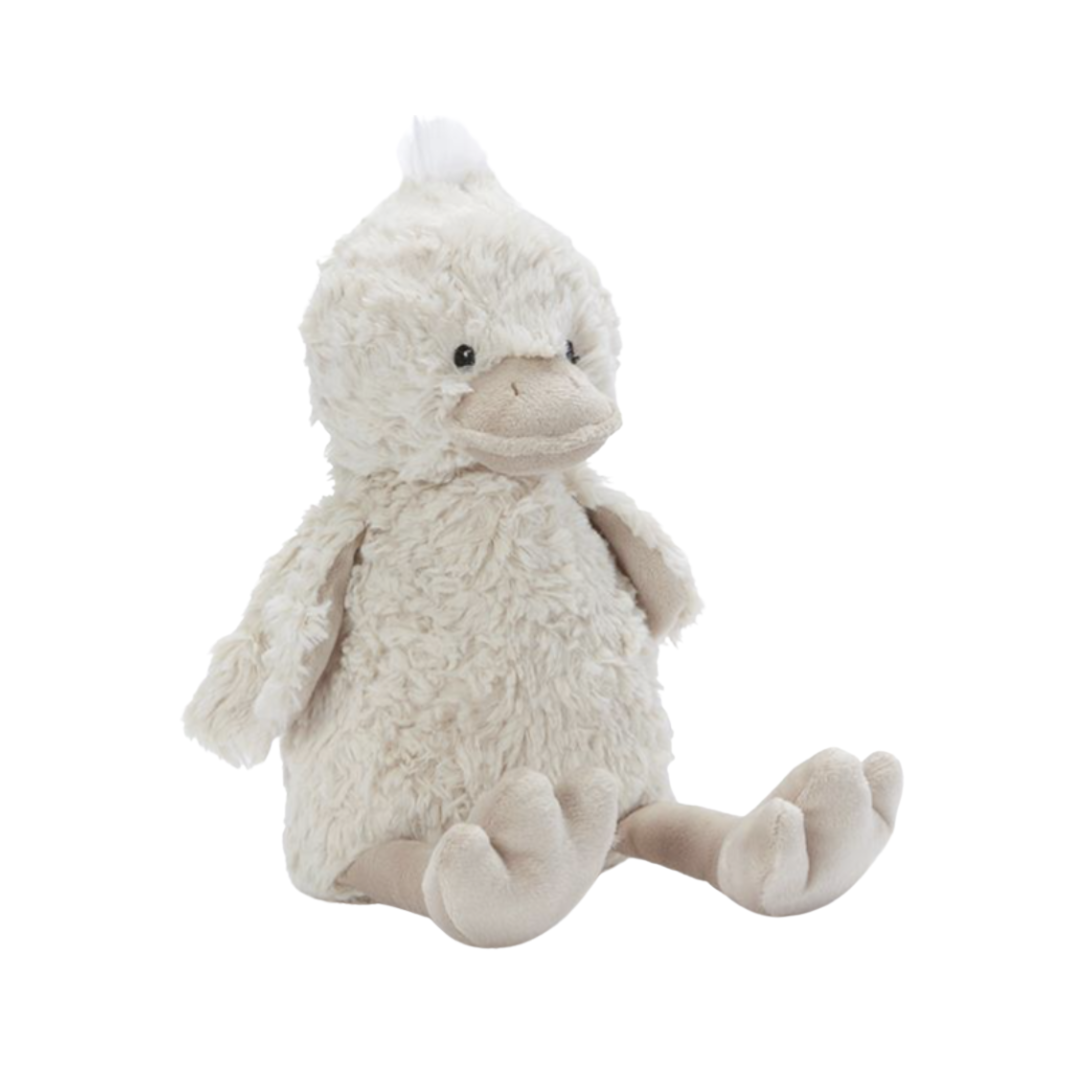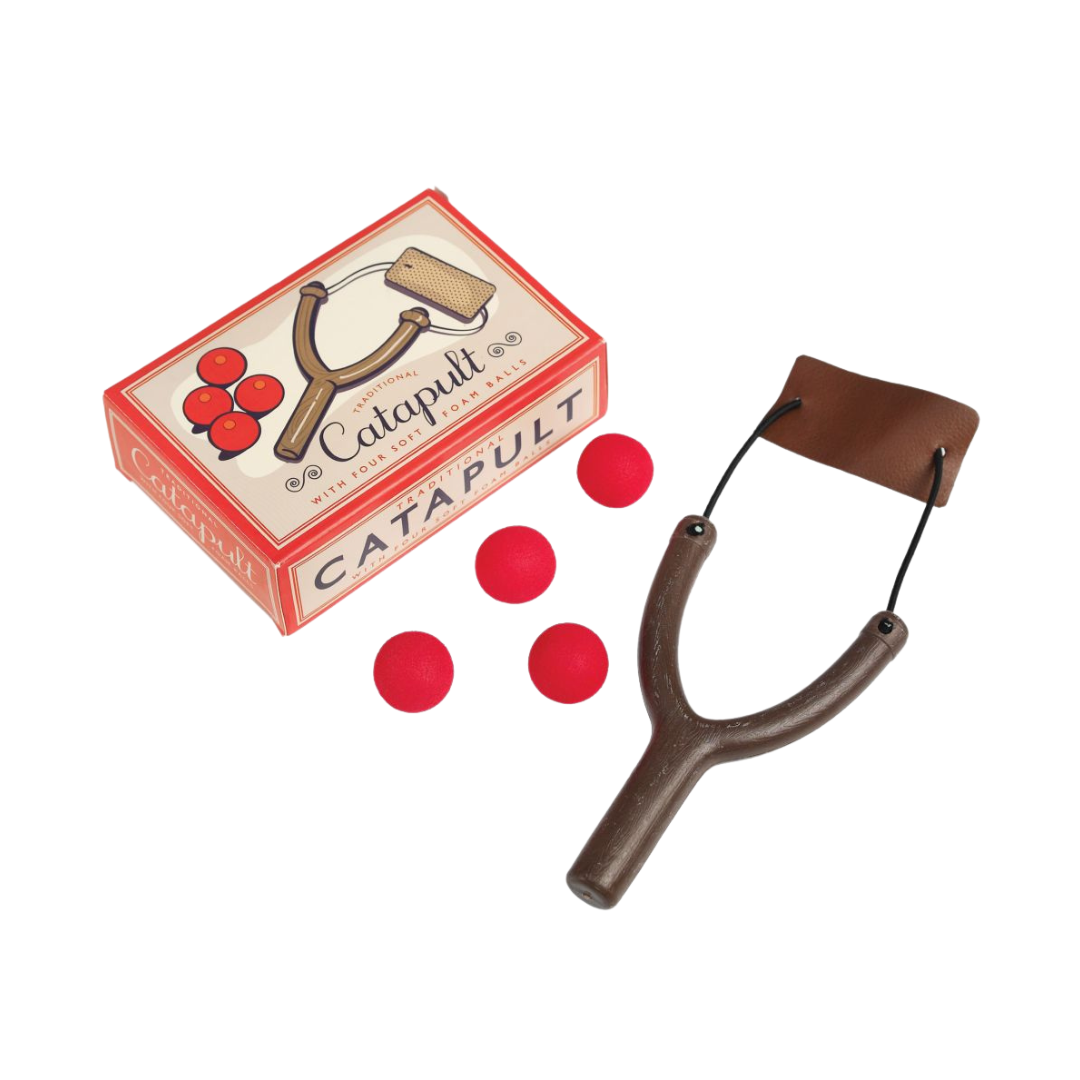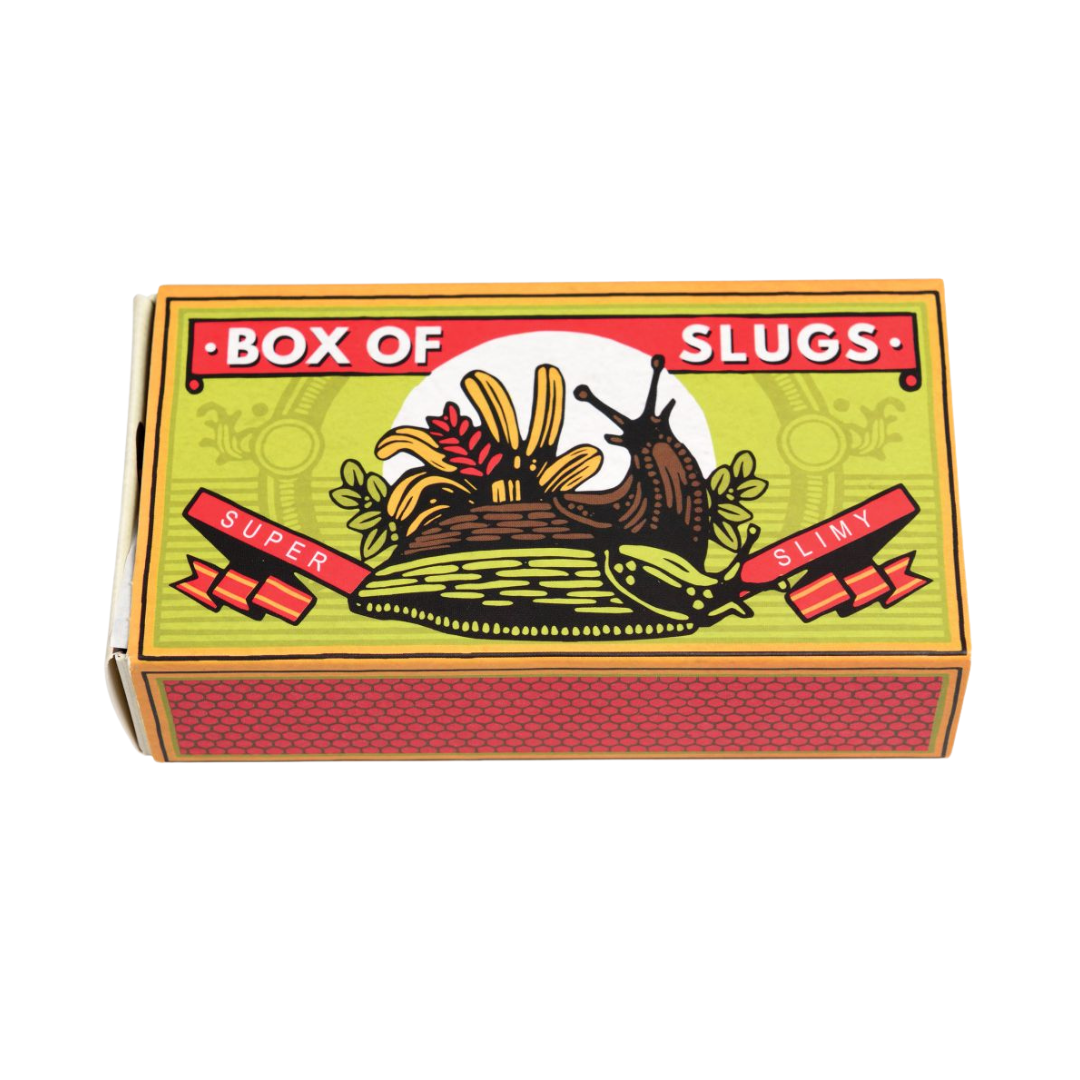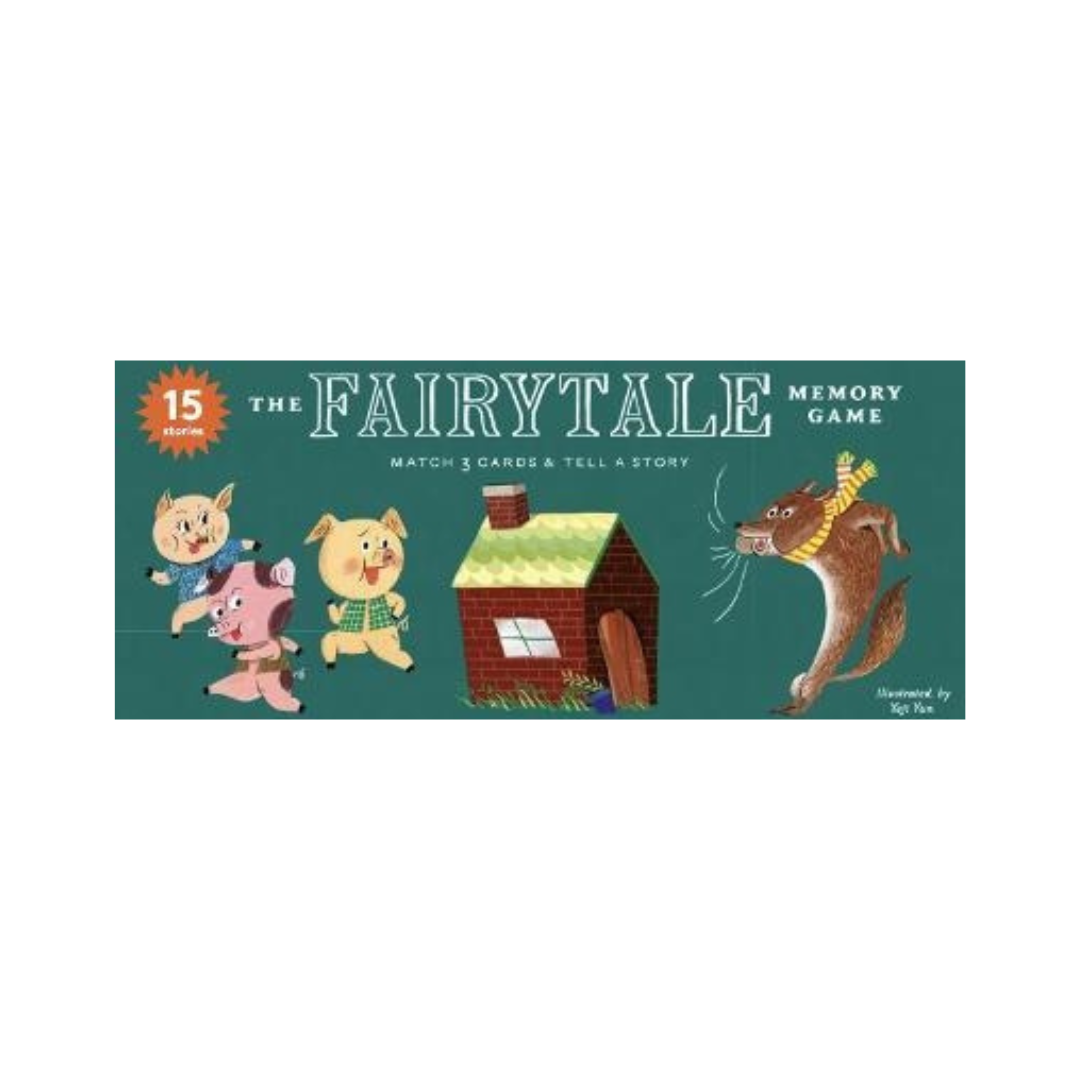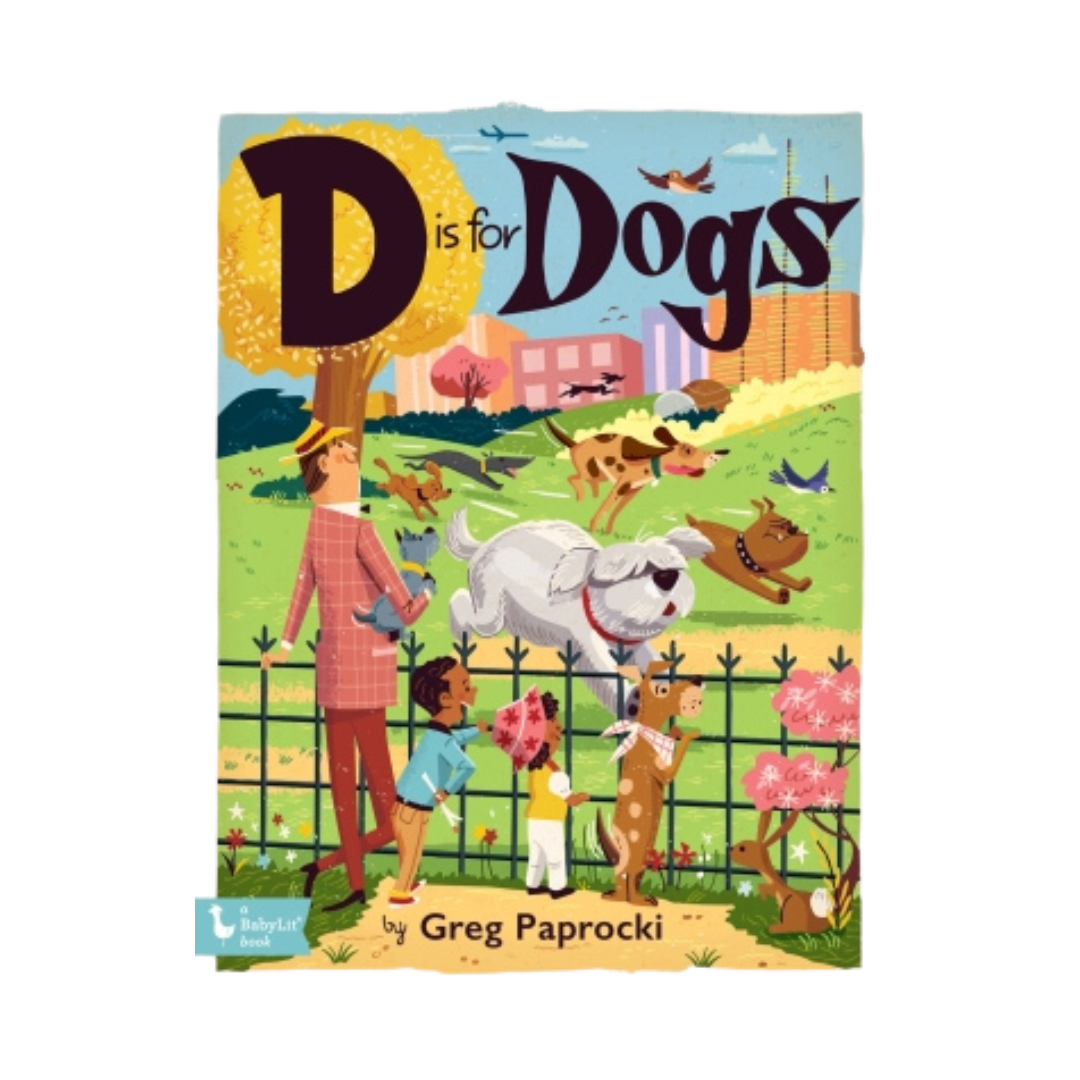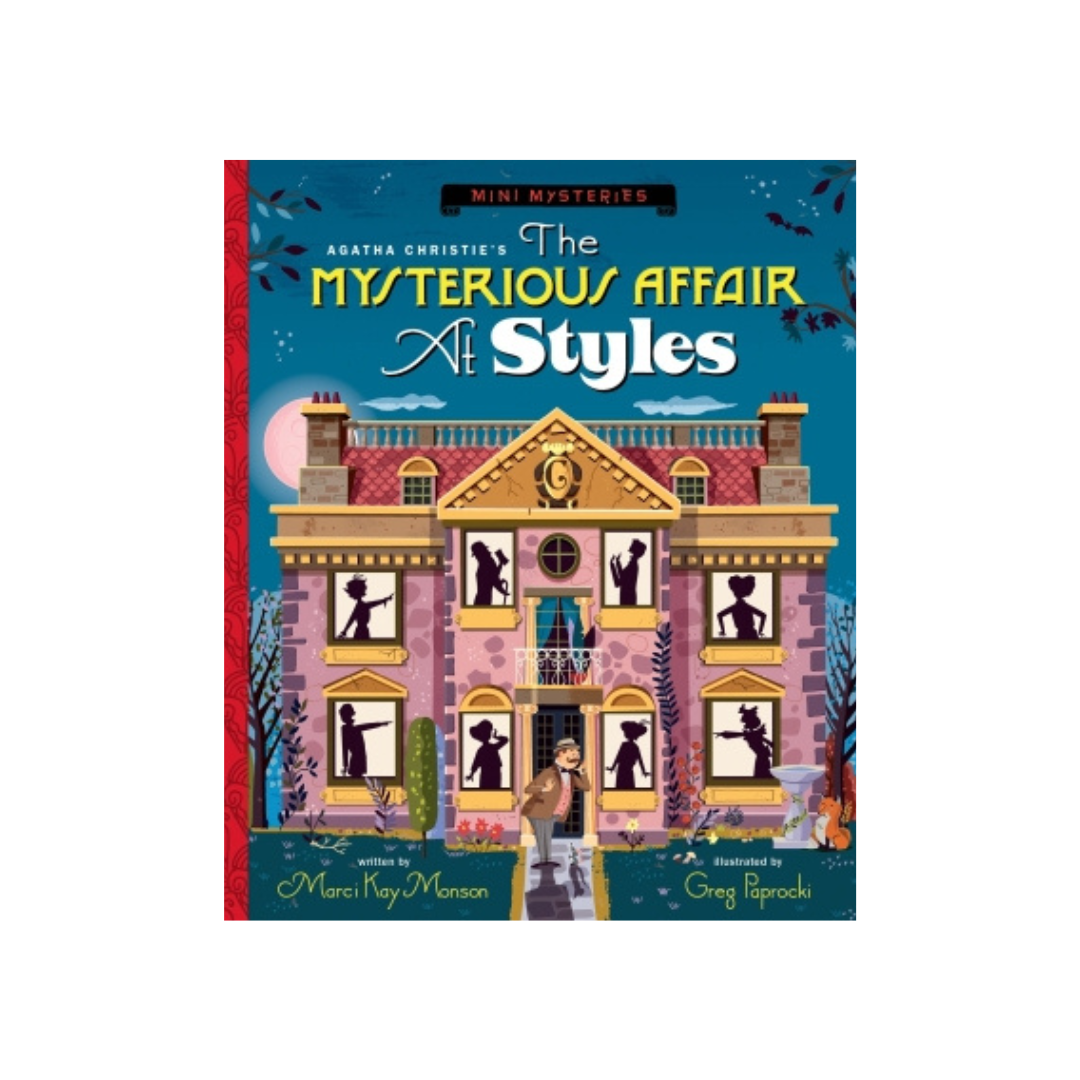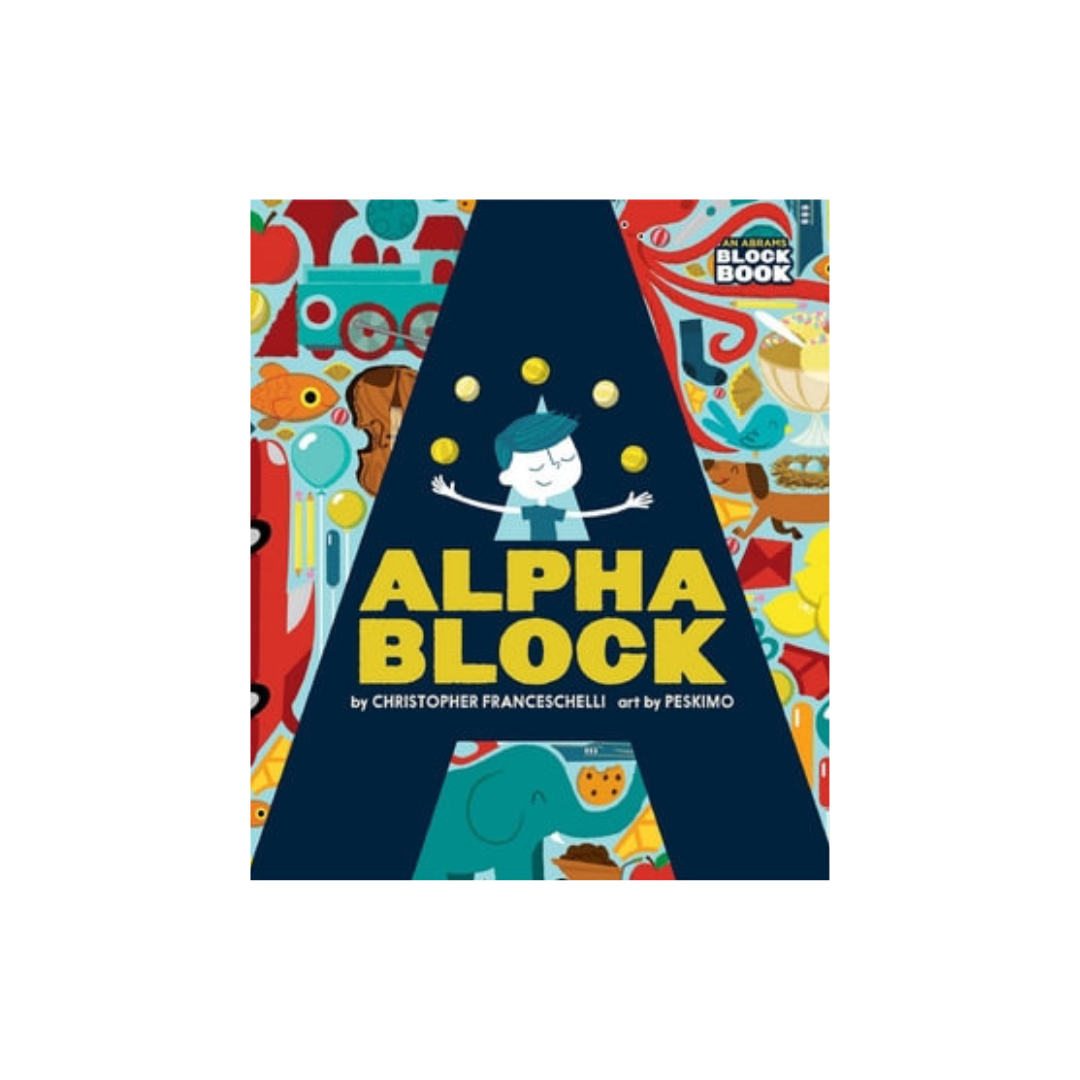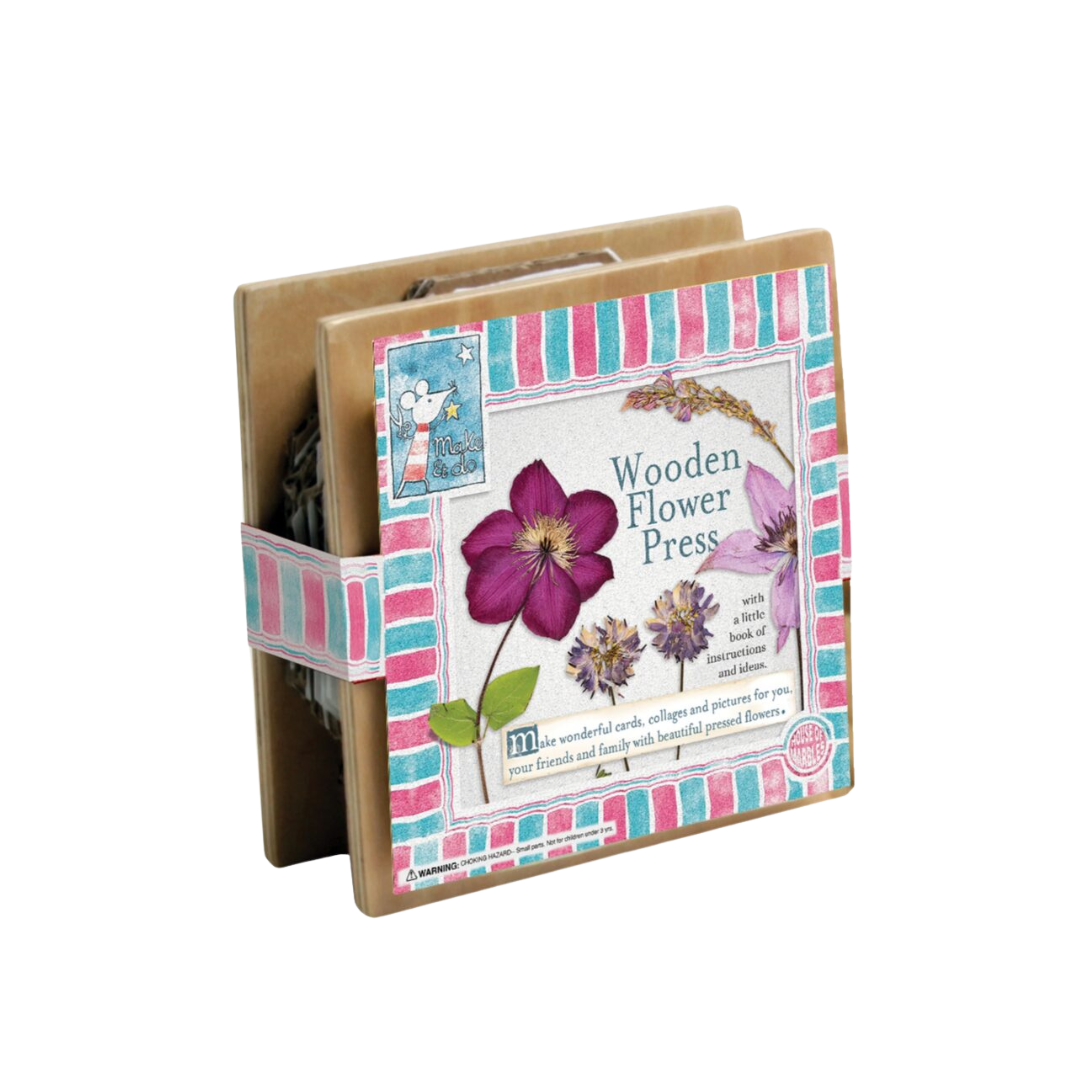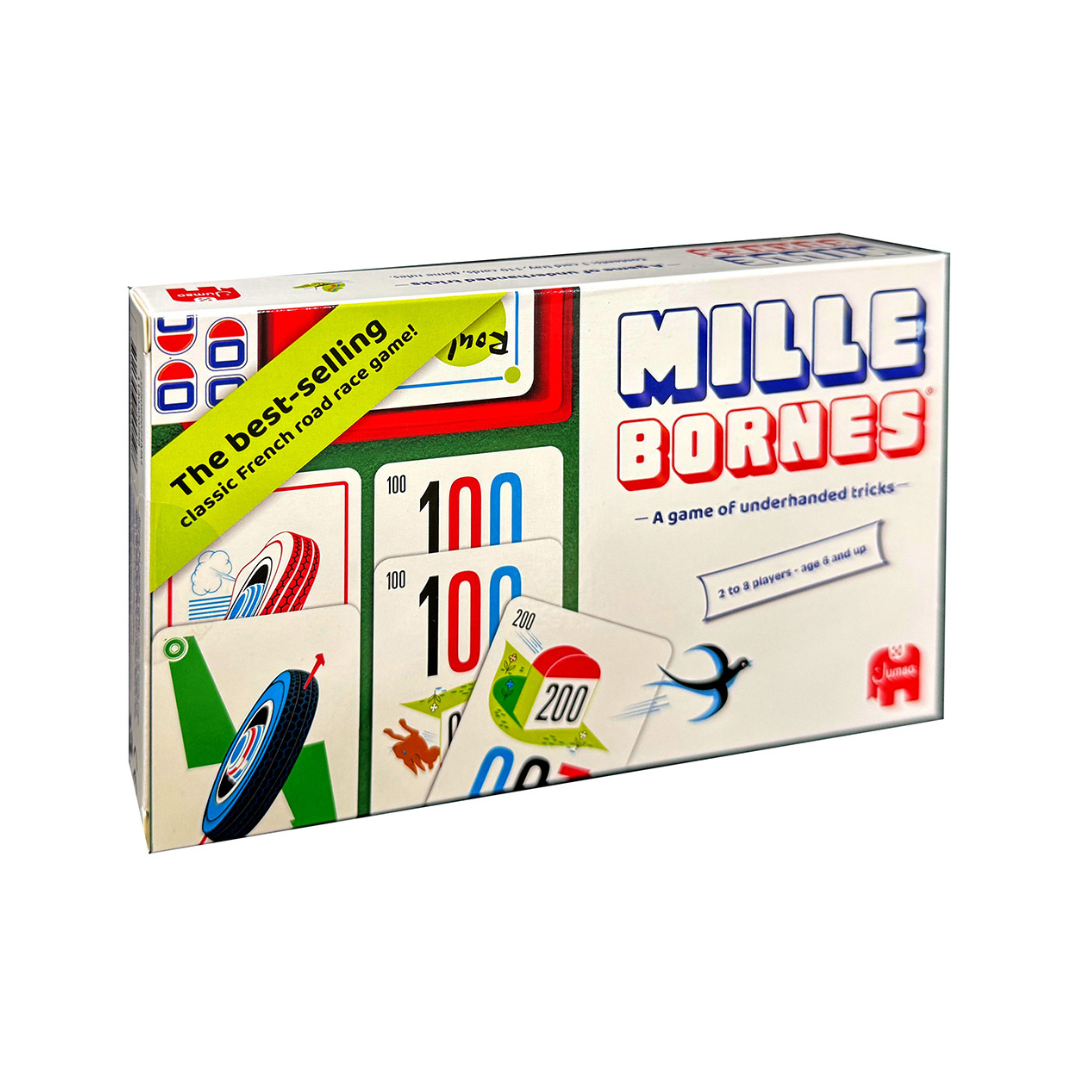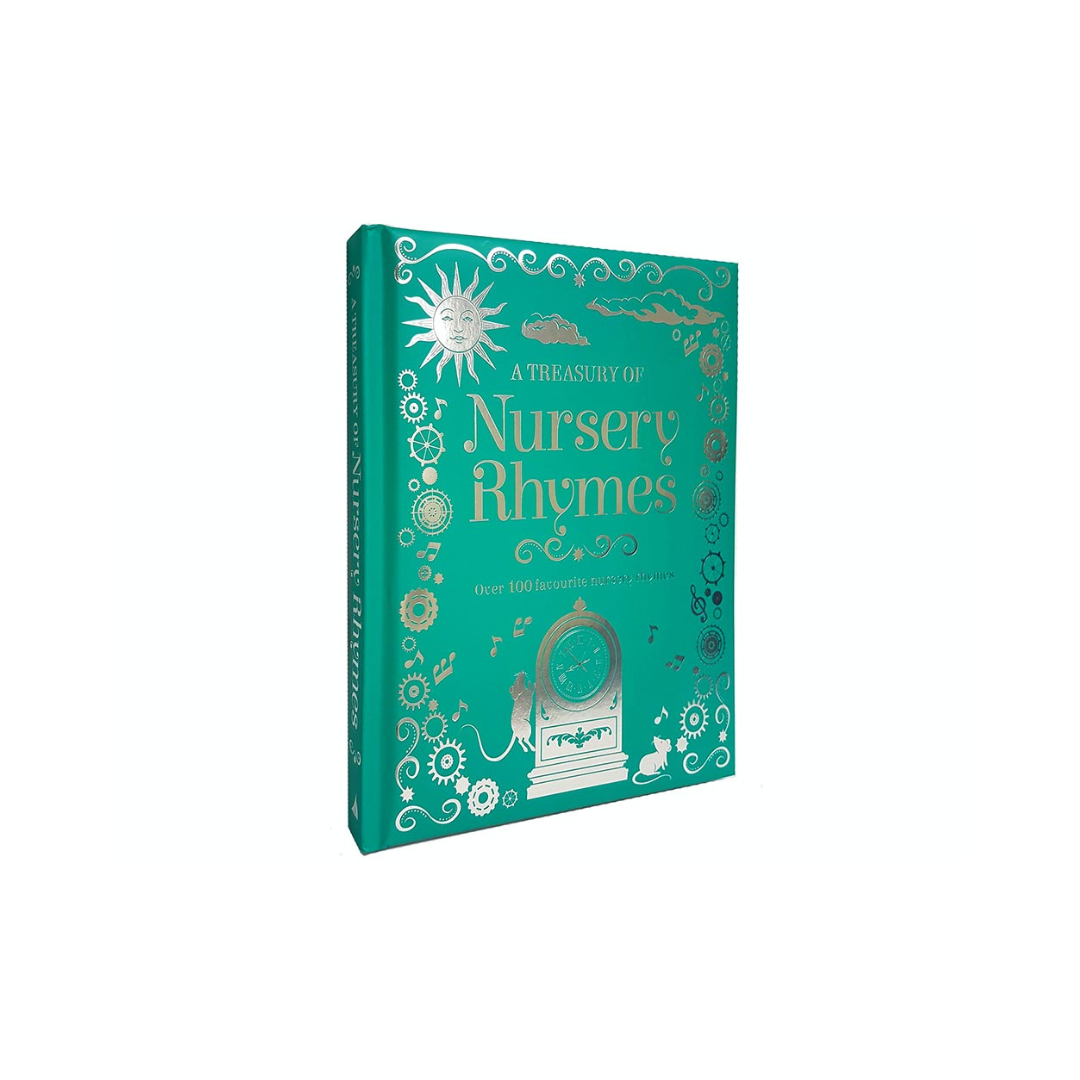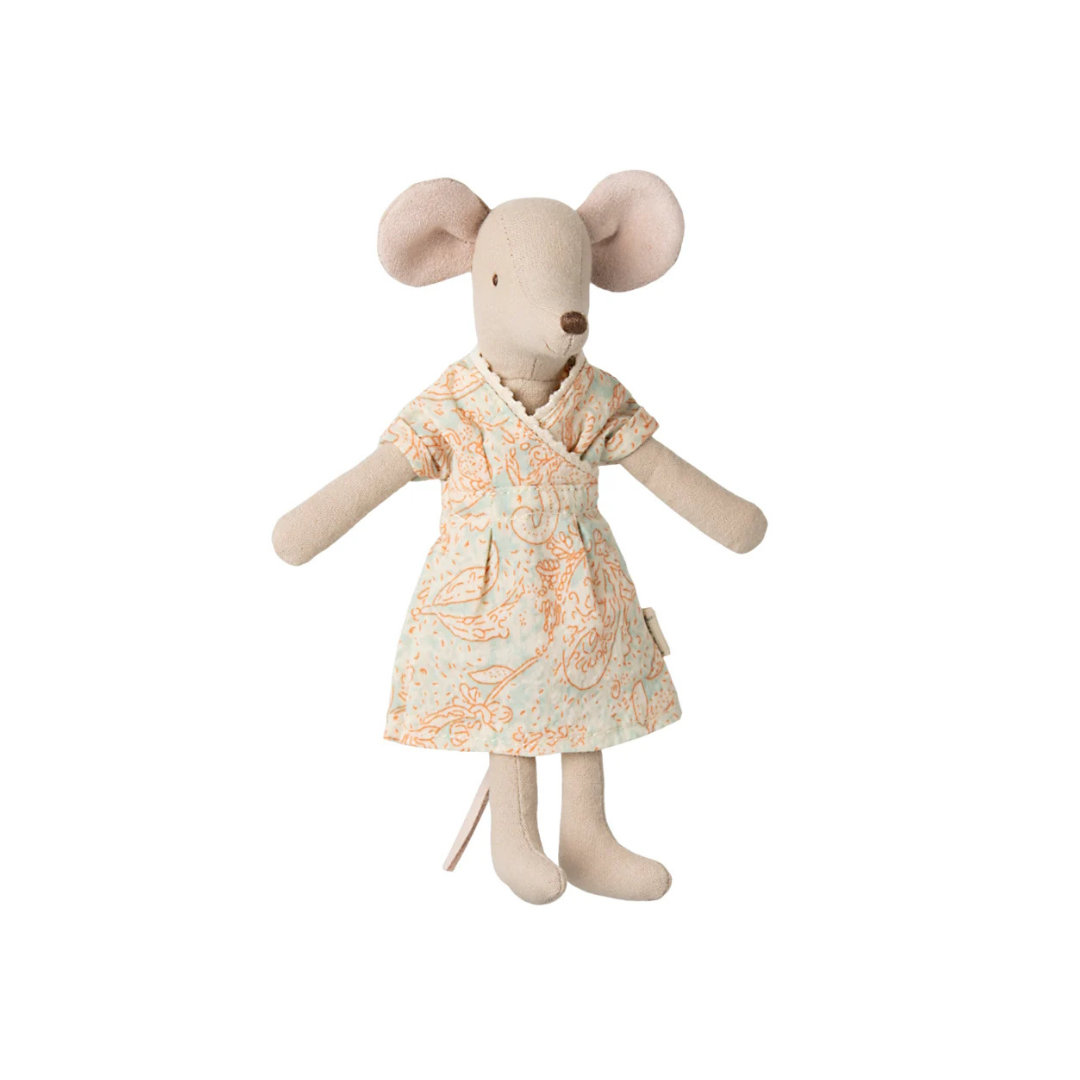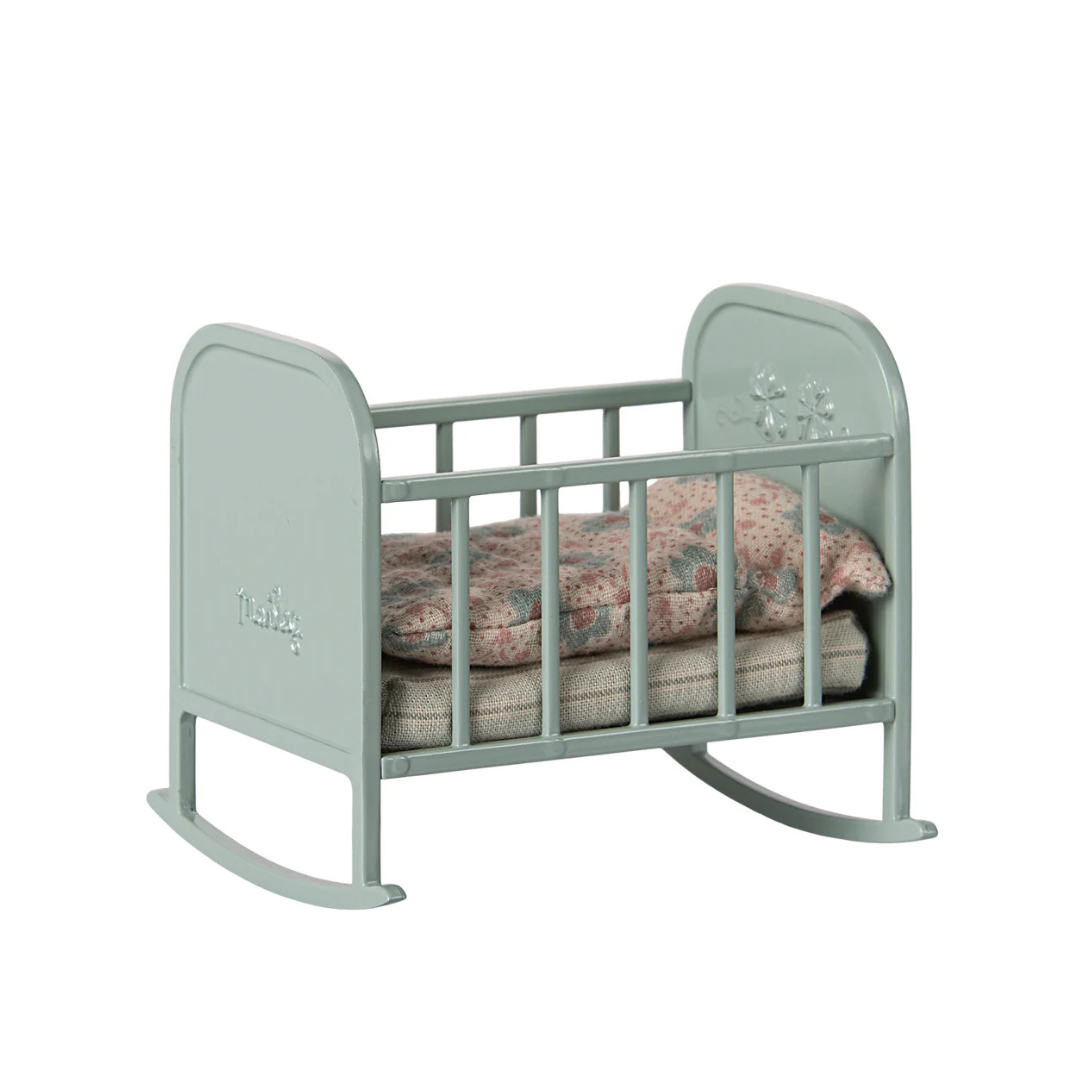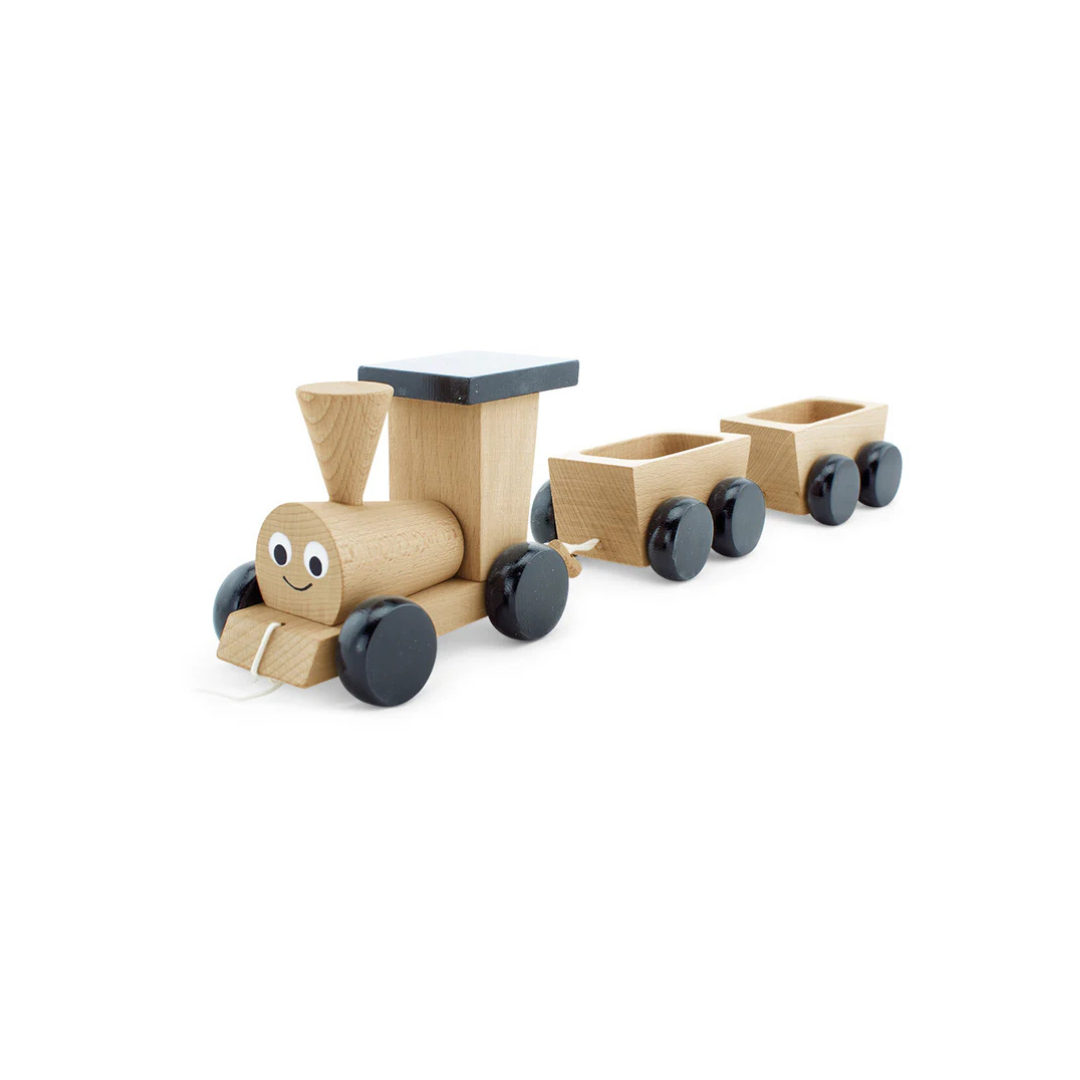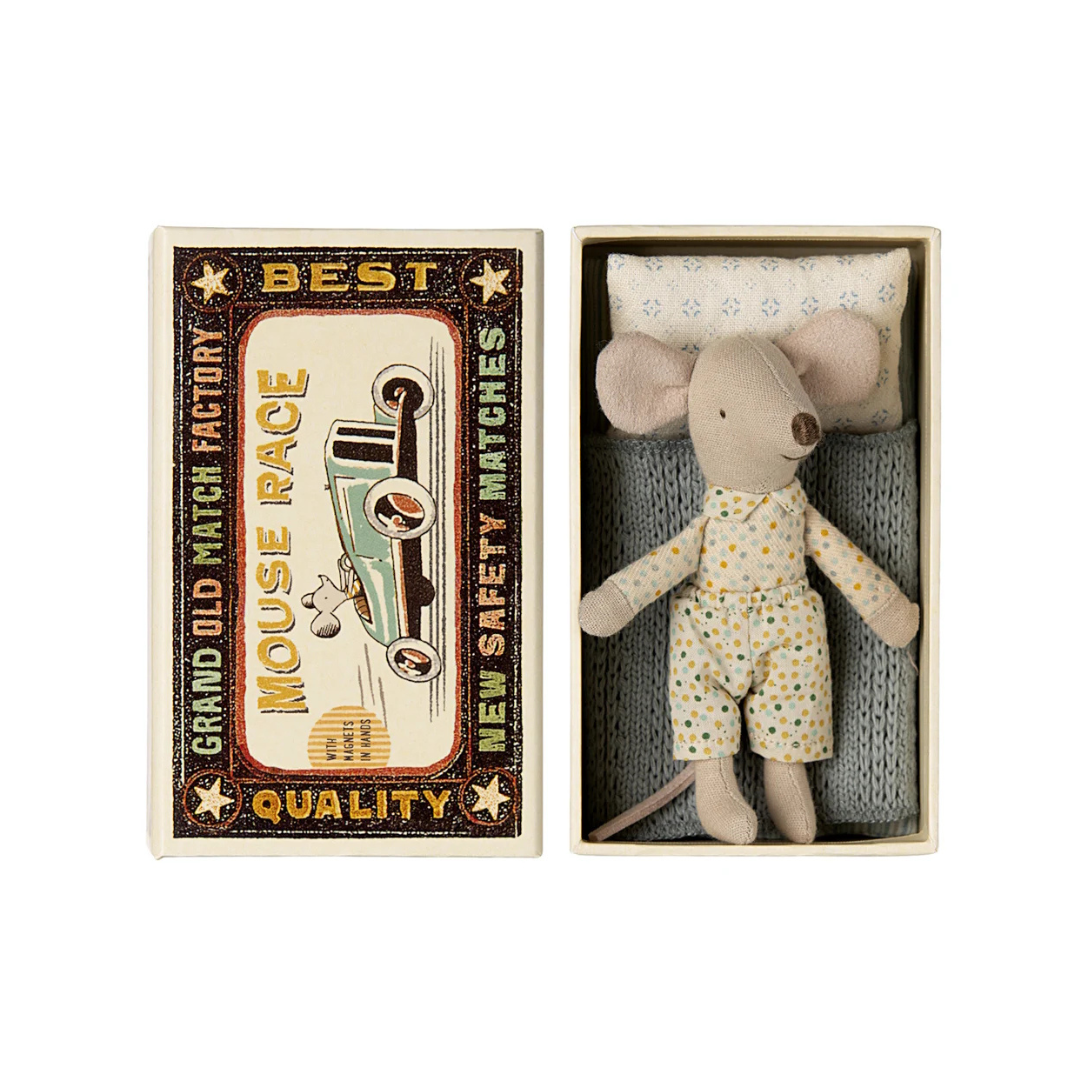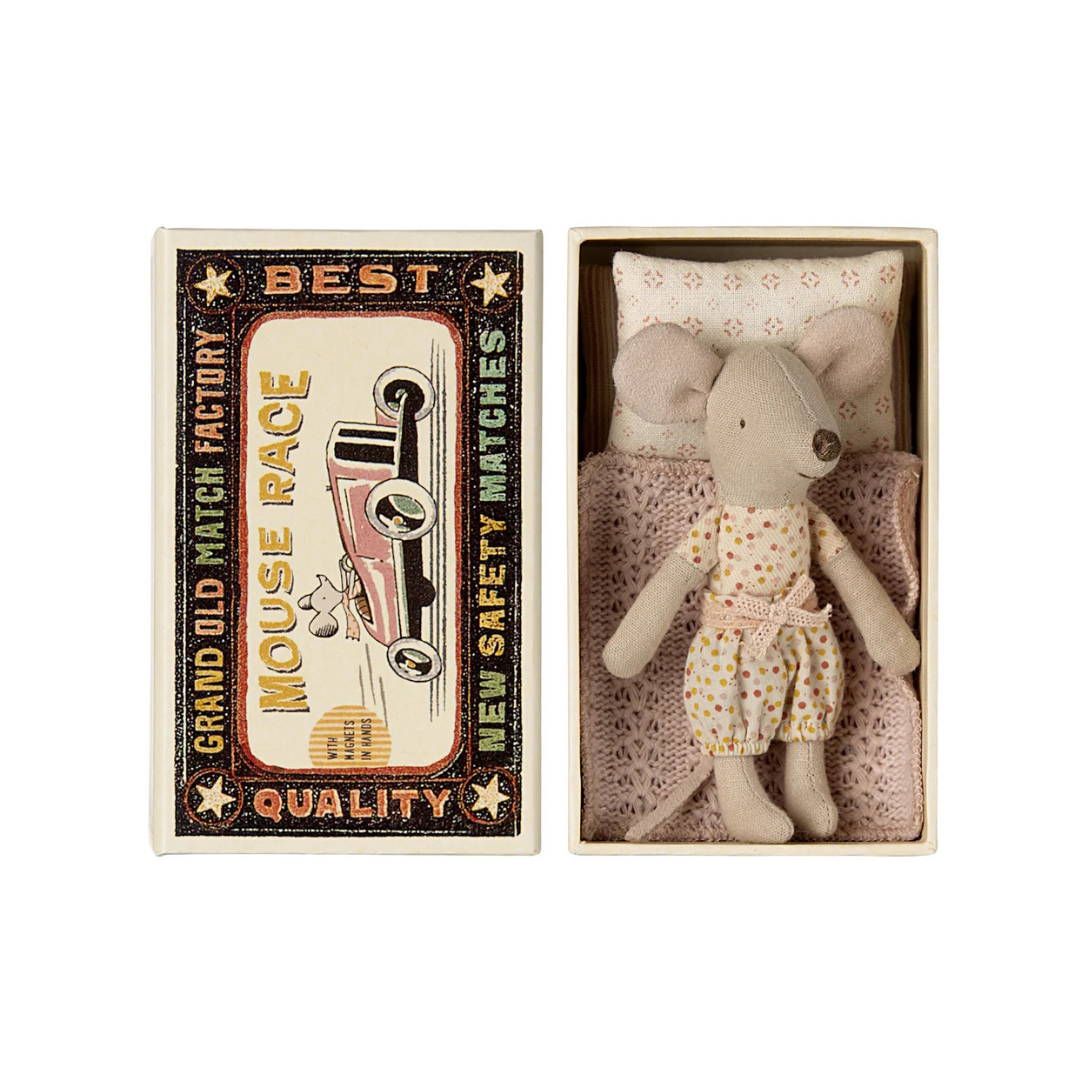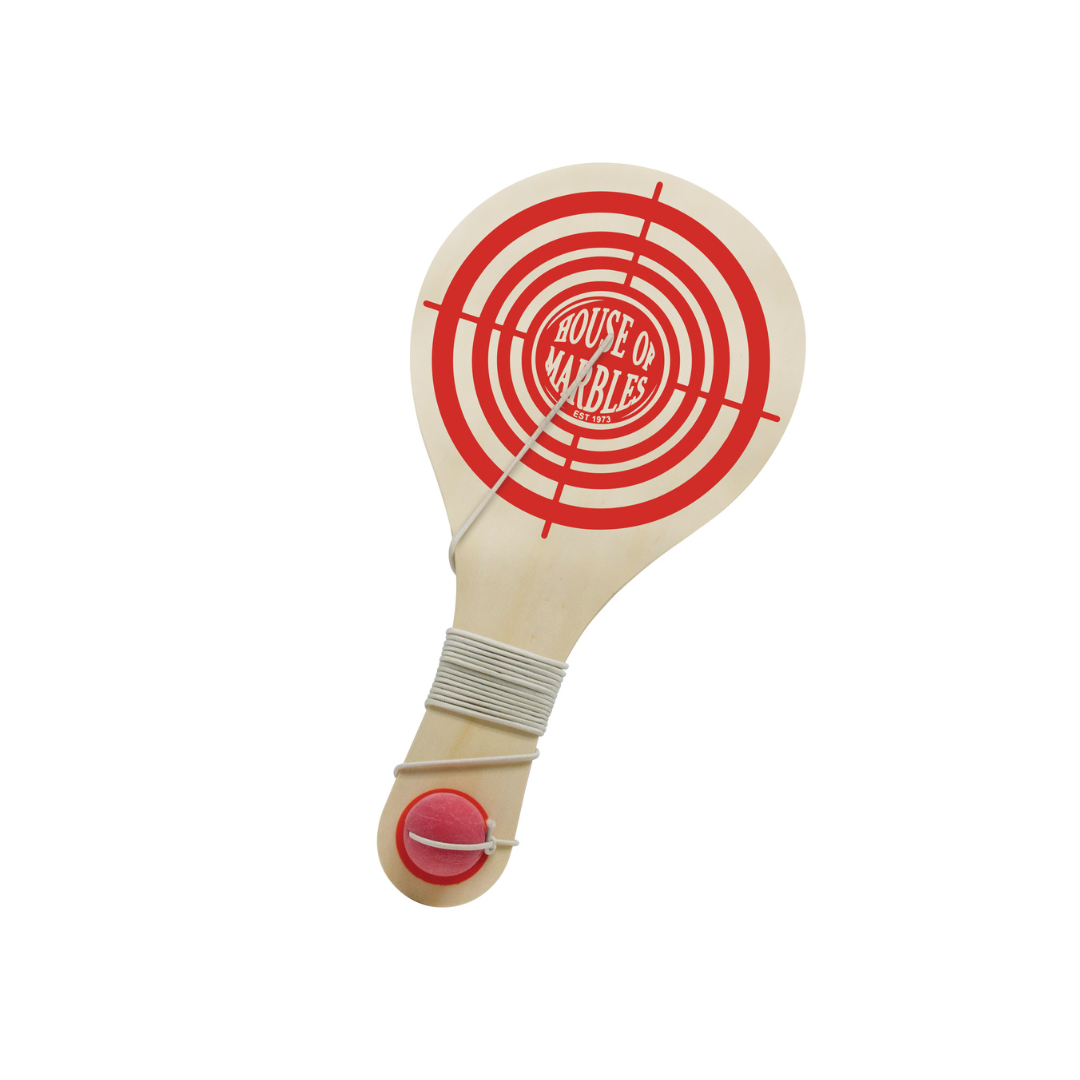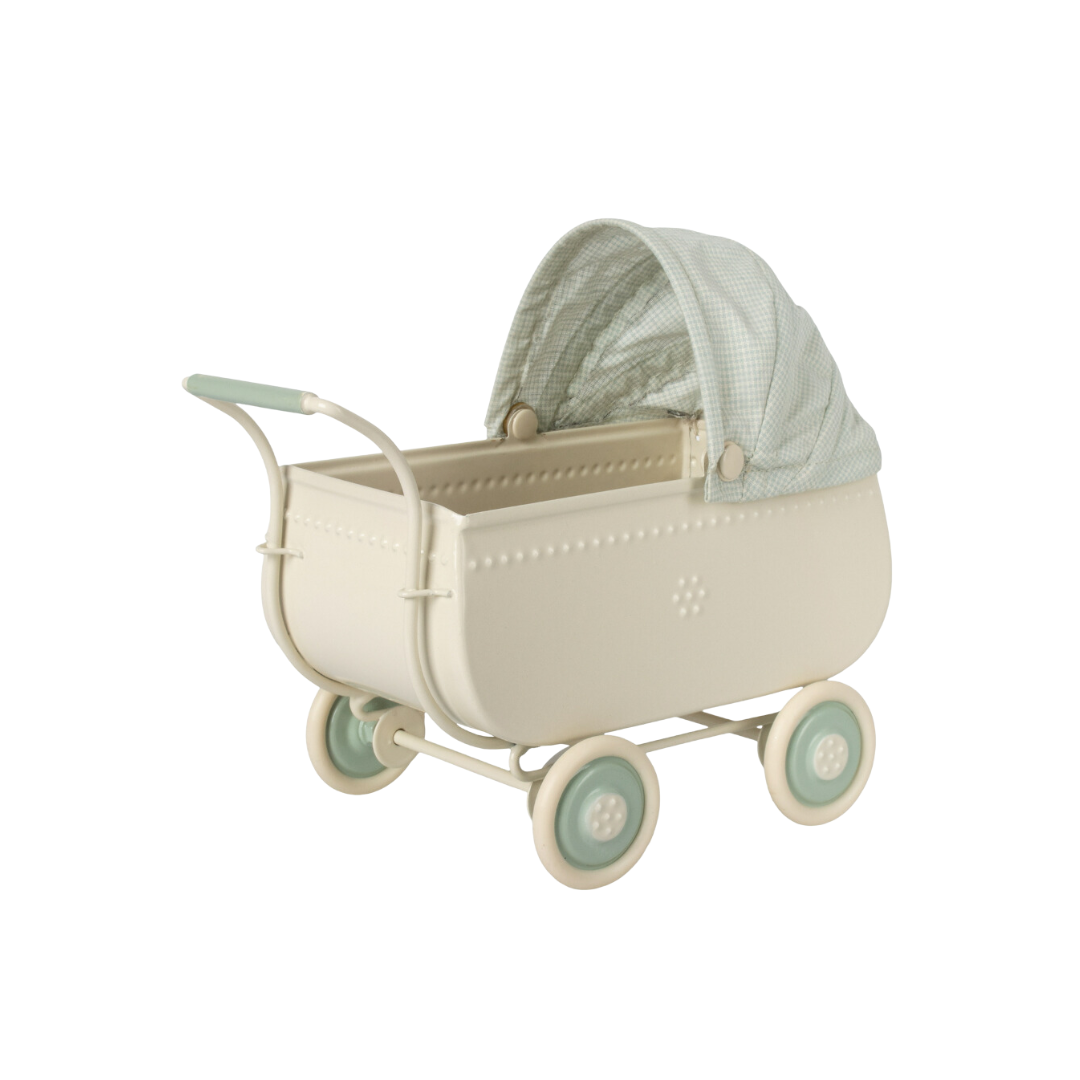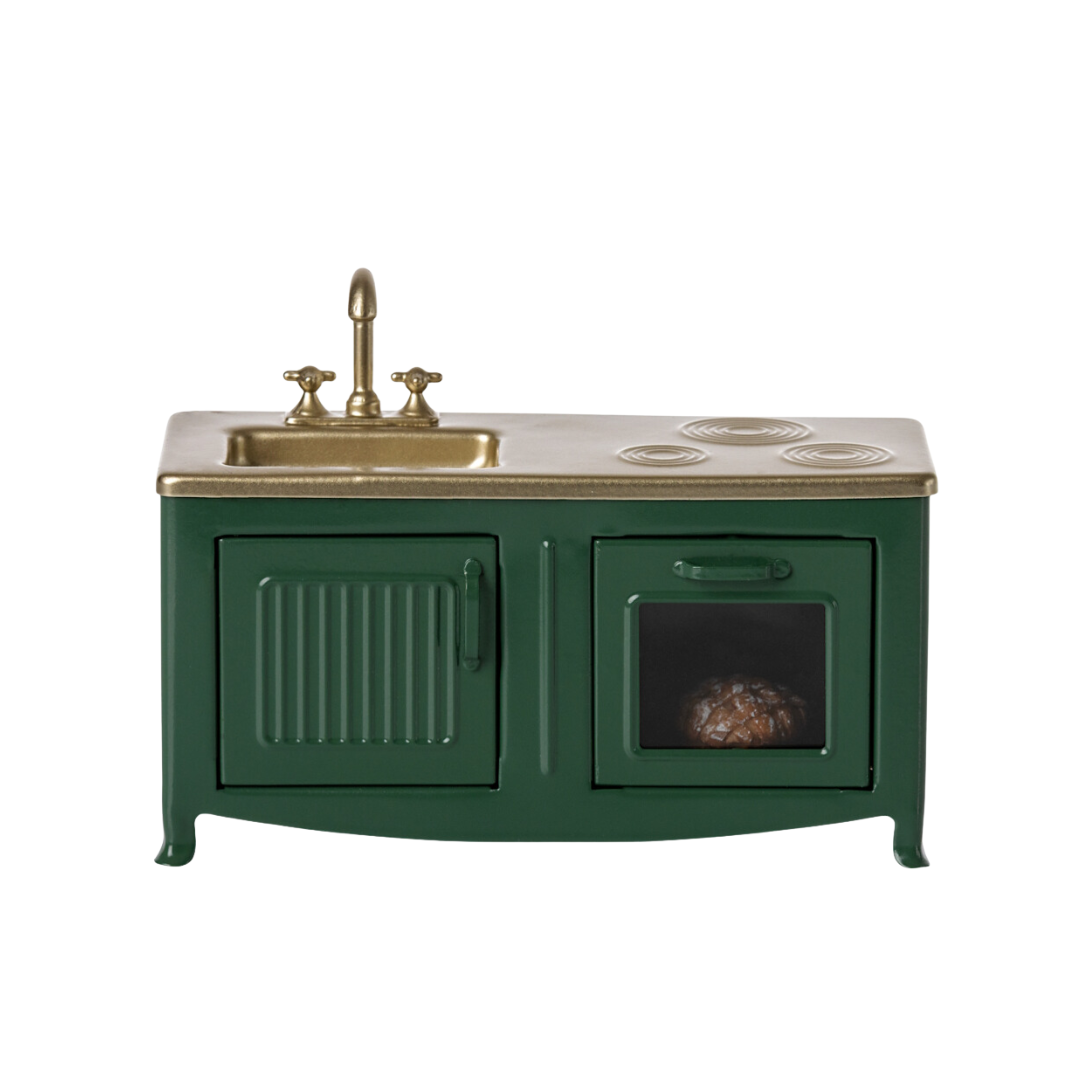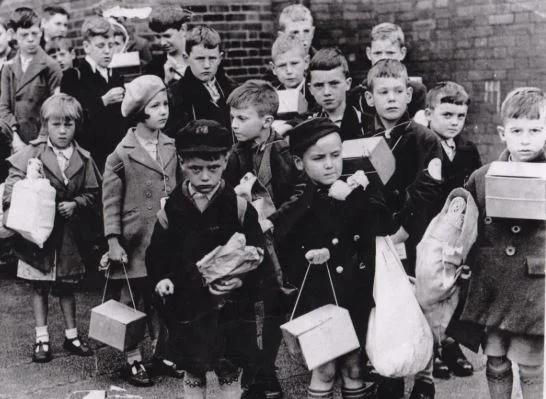Barbie and Ken - The Stars of the 60s
Barbie and Ken are iconic fashion dolls from the 1960s that have played a significant role in popular culture and the toy industry throughout the decades, no more so than present day with the release of the record-breaking, box-office hit Barbie Movie. Here we present a brief history of Barbie and Ken from their first release to present day.
Barbie and Ken are iconic fashion dolls that have played a significant role in popular culture and the toy industry. Here we present a brief history of Barbie and Ken.
Barbie was introduced to the world on March 9, 1959, by Mattel, Inc., an American toy company founded by Ruth Handler. The inspiration for Barbie came from Ruth Handler's observation of her daughter, Barbara, playing with paper dolls and imagining different adult roles.
The original Barbie doll was named after Ruth Handler's daughter, Barbara. Barbie's full name is Barbara Millicent Roberts.
Barbie's debut at the American International Toy Fair in New York City was met with mixed reactions initially, but she soon became a massive success.
The first Barbie doll wore a black-and-white striped swimsuit, ponytail hairstyle, and a distinctive arched eyebrow. She became known for her fashionable wardrobe and accessories.
Over the years, Barbie's appearance evolved to represent diverse cultures, careers, and interests. She became a symbol of female empowerment and inspired young girls to dream big and break traditional gender stereotypes. She has had numerous careers, including astronaut, doctor, scientist, athlete, chef, and more, reflecting the changing roles and aspirations of women in society.
Ken was introduced as Barbie's boyfriend in 1961, two years after Barbie's debut. He was named after Ruth Handler's son, Kenneth.
Ken was designed to be a tall, handsome doll with a similar build to Barbie, but with a more masculine appearance. Like Barbie, Ken's appearance and wardrobe have evolved over the years to reflect current fashion trends and cultural shifts.
Although Barbie and Ken have been known as a popular couple, their relationship status has changed over time. They have broken up and gotten back together in various storylines, providing an element of drama to their narrative.
Throughout their history, Barbie and Ken have continued to be beloved toys, capturing the imagination of children and collectors worldwide. They have become cultural icons and have remained relevant through the decades, adapting to changing societal norms and evolving with the times. Barbie and Ken's enduring popularity showcases their timeless appeal and their lasting impact on the world of toys and play.
Whilst we ourselves weren’t a fan of Barbie and Ken in our younger days (we were more into Sindy), we’ll still be off to watch the Barbie Movie this weekend for a bit of escapism and female empowerment.
Classic Toys | Step Back in Time | Toys From The 1950s
The 1950s was a decade of great change, and was also known as the golden age of television, with television becoming a huge influence on what to wear and buy.
Rock and Roll led to fun times and fashion became more relaxed.
Rock ‘n’ Roll emerged in the 1950s with the arrival of Elvis Presley on the music scene in 1956. Elvis is still celebrated today as the King of Rock ‘n’ Roll with an enormous amount of impersonators around the globe still paying tribute to ‘The King’.
Fun Fact: Parkes in NSW has been hosting an Elvis Festival since 1993, including a special "Elvis Express" train from Sydney to Parkes.
In 1959 a charted plane with Buddy Holly, Ritchie Valens and J.P. “The Big Bopper” Richardson went down and all of them, including the pilot perished. This tragedy was later known as ‘the day the music died’ and was forever memorialised in Don McLean’s hit ‘American Pie’ in 1972.
Fun Fact: Freddy Martin and Sammy Kayne’s hit single ‘I’ve got a lovely bunch of coconuts’ was number 1 on the charts in Australia for 3 weeks in April 1950.
The 1950s were also known as the golden age of television, with 4.4 million American families owning a television set in their homes. Americans spent most of their free time watching television and it became a huge influence on what to wear and buy. This American influence spread to the UK, Europe and Australia.
Fashion changed greatly during the early 1950s with young men and women being released from the disciplines of the Armed Forces. They opted for a more relaxed up-beat style with Hawaiian shirts, striped t-shirts and bright cotton frocks leading the way.
Fun Fact: In 1951 Melbourne women started to wear short dresses with full skirts over stiff petticoats and the trend took on Australia wide.
1950 was a big year for comic books when Charlie Brown, Snoopy and the rest of the Peanuts crew were introduced to the world by creator Charles M Shultz in the classic comic strips. This was closely followed in 1951 by comic classic Dennis the Menace in The Beano comic.
Fun Fact: Dennis ran in more than 1000 newspapers and in nearly 50 countries around the world and still continues to this day with his trusty sidekick Gnasher.
We saw a new Queen in 1953 with the Coronation of Queen Elizabeth II, hundreds of millions tuned in on their TVs to watch Queen Elizabeth II taking over the throne. We also saw a new on-screen princess in Walt Disney’s movie Cinderella in 1950, which was marketed as ‘A love story with music’.
Fun Fact: TV dinners where introduced to America in 1953 and featured a Thanksgiving style dinner with Turkey and Potatoes!
Dr Seuss released his iconic book Cat in the Hat in 1957 and it quickly became a family favourite, later being made into a movie of the same name in 2003. How The Grinch Stole Christmas was released in 1957 and has now just premiered as The Grinch just in time for Christmas this year (we loved it here at The Vintage Toy Box!!).
Another book which has also been translated to the big screen is Horton Hears a Who! which was written in 1955 and released in 2008 as a movie. Dr Seuss had written 60 books in his career.
“You’re never too old, wacky or wild to pick up a book and read to a child” – Dr Seuss
In the mid 1950s Play-Doh first hit the shelves. Originally made in off-white, but later re-introduced in a three-pack of red, blue and yellow. Advertisements were regularly shown during children’s television shows which furthered product sales, leading to a high spike in children’s toy advertisements on TV.
Fun Fact: During the 1930s Play-Doh was actually used as wallpaper cleaner and it wasn’t until the 1950s that it was reworked and re-marketed as a children’s toy!
Disneyland first opened its doors in 1955 with the grand opening of the Disneyland Resort in California. It took one year to construct and since then has undergone continued construction time and time again to add and extend. New additions included New Orleans Square featuring the Pirates of the Caribbean, Bear Country (now known as Critter Country), Splash Mountain and the homes of Winnie the Pooh and Piglet and Mickey’s Toontown, a small sized recreation of the Mickey Mouse Universe where visitors can meet all the characters and visit their homes.
Fun Fact: Mickey’s Toontown was actually inspired by ‘Who Framed Roger Rabbit’ and resembles a set from the Max Fleischer cartoon.
During 1958 the Hula Hoop twirled into the shops, invented by Arthur K ‘Spud’ Melin and Richard Kneer. The men first marketed the Hula Hoop as an exercise hoop. 20 million hoops were sold in less than 4 months and reached a whopping 100 million sales in 2 years. Due to the ever growing love for the Hula Hoop it was inducted into the Toy Hall of Fame in 1999. Hula Hooping is still extremely popular with entertainers using Hula Hoops with fire and light effects to wow the crowd.
Fun Fact: The most Hula Hoops twirled at once was an impressive 160 which was set by Marawa the Amazing!
In 1957 the modern day Frisbee flew onto the scene, being the first registered trademark of the Wham-O Toy Company. By 1994 one hundred million Frisbees had been sold, and there is now even an association dedicated to Frisbee enthusiasts called the International Frisbee Association founded in 1967. Here at The Vintage Toy Box we stock an awesome Frisbee with a vintage style seaside design. Perfect for family picnics over the summer months.
Classic Toys | Step Back in Time | Toys From The 1940s
The Forties was a decade dominated by the Second World War, which had a profound and everlasting effect on the whole world.
Life still continued however, but everyone had to become more inventive and use their imagination more.
The Forties was a decade dominated by the Second World War, which had a profound and everlasting effect on the whole world.
Childhoods were changed and family lives vastly altered as thousands of children were evacuated from the cities during The Blitz, separated from their families, and sent to live in the safety of the countryside, often with no more than a few clothes, and their one favourite toy.
Life still continued however, but everyone had to become more inventive and use their imagination more.
The biggest and most notable household invention of the 1940s was the microwave oven, which was patented in 1945 by a man named Percy Spence.
Fun Fact: The very first commercial use microwave was sold in 1947. It was about 6 feet tall and weighed around 340 kg!
The Hills Hoist rotary clothes line, (that we still all use today), was also developed in 1945 by a man named Lance Hill. The Hills Hoist was not only used to hang out wet washing but was also used as a swing for little children – great fun! Velcro and Tupperware were also important inventions of the 1940’s that are still in everyday use today.
The 1940s was a huge decade for film; Walt Disney released the animated feature films Pinocchio in 1940, Fantasia in 1940, Dumbo in 1941 and Bambi in 1942. All of these classic children’s movies still make most kid’s favourite film list at one point in their young lives.
Fun Fact: Pinocchio and Dumbo had themed tin toys made after them. Pinocchio was a wind up tin toy and Dumbo was a simple tin figurine; both of which were very popular.
Another classic movie was released in 1943 - Casablanca starring Humphrey Bogart and Ingrid Bergman, and has continued to remain a classic ever since.
One of the greatest films ever made, It’s a Wonderful Life (a Christmas classic movie and all time festive favourite) was released in 1946 and is now a staple of Christmas television around the world.
Great Expectations was released in 1946, and in 1948 the Charles Dickens’ novel Oliver Twist was translated to the big screen., becoming an instant hit.
In 1940 Bugs Bunny first appeared in the Oscar nominated movie A Wild Hare. His outrageous and funny characteristics and his classic slogan, ‘Eh...What’s up Doc?’ meant that he was instantly loved by many during the Golden Age of Animation. His fame led him to be the official mascot for Warner Bros Entertainment and he also became a very popular cult icon.
Fun Fact: Bugs has appeared in more films than any other cartoon character and he even has his own star on the Hollywood Walk of Fame.
The most listened to music during the 1940’s was swing music, but as the decade moved forward Crooners such as Frank Sinatra, Bing Crosby, Nat King Cole and the timeless Ella Fitzgerald became extremely popular and together they all helped define the Swing Era.
As the world plunged into World War II, toy production became scarce as almost every man of age was absent from home, fighting over in Europe or Japan. Anything that could be used to make toys, such as steel and rubber was needed to build equipment, such as tanks, ships, planes, weapons and ammunition for the war.
In 1942 on the home front, three mini Japanese subs made their way into Sydney Harbour, sending fear through Australia. Some families even sold up their acreage and water views along the Harbour to start over further inland.
Families boarded up their windows, limited the use of electricity at night (so they wouldn’t be seen or heard) and never went outside after dark. During this time money was tight and most families couldn’t afford to splurge on toys for their children, (but that doesn’t mean the children had any less fun!).
Hopscotch became increasingly popular. The game, which originated in Ancient Rome, used to have courts that were over 30 metres long; massive compared to the courts children play on today! Jump rope, marbles and Jacks were often played too.
Fun Fact: Jacks were also known as knuckles and were actually played with bones that came from a hock or ankle of a sheep!
Reading became more of a focus in many homes with The Little Golden Books publishing its first 12 books including The Porky Little Puppy, Baby’s Book of Objects, The Little Red Hen and Nursery Songs, just to name a few. These books took only five months to completely sell out and sold a massive 1.5 million copies during that period. The Little Golden Book Series has grown tremendously over the years, with a total of 573 titles now in the collection. Some of the best sellers in the series are the special Christmas editions including Animals Christmas Eve, Cat That Climbed the Christmas Tree, Frosty the Snowman and many more.
Lionel Paper Trains (also known as the Lionel Wartime Freight Train) was also popular during the war. Lionel was looking for an alternative product to keep the brand name alive and recognised, as the Government restrictions on the use of various metals had halted their usual train set production. They produced an all paper train in March 1943 which was put on sale for $1 during the 1943 Christmas season. Lionel began manufacturing the original train again in 1945 when the Government lifted the restrictions.
Lionel wasn’t the only toy company that was forced to cease due to the Government restrictions. The manufacture of the Steel Radio Flyer Wagon, popular in the late 1930s was also forced to a halt. Thankfully it became just as popular when manufacturing started up again after the war.
After WWII ended model plane kits became very popular with children, featuring five models to cut out and put together including the Curtiss P-40 Warhawk, the North American Aviation P-51 Mustang, The Bell P-39 Airacobra and the Hawker Typhoon.
Another great toy that started production after the war was the classic Slinky spring toy. “Slinky... Slinky... everyone loves a Slinky”... this fun little toy was released just in time for Christmas in 1945, and the first 400 Slinkies made sold out in minutes.
The story behind the Slinky is that it was actually invented completely by accident when a mechanical engineer accidentally knocked some ship springs off a shelf as he was working. Instead of falling straight down, it was said that they “walked” down. The Slinky has been a sought after stocking filler ever since! The Slinky became evermore popular in recent years by the release of the Toy Story movies with the character Slinky Dog or ‘Slink’, (a toy dachshund with a slinky for his middle). He is Woody’s loyal sidekick.
Fun Fact: The Slinky got inducted to the National Toy Hall of Fame in 2000.
All of these years after the World War came to an end people are still fascinated with all things related to the war, indicating what a profound effect this period of time had on the development of the world.
There are a huge number of movies that have been made over the years dedicated to the war including Black Hawk Down starring Ewan McGregor and Eric Bana (who later starred as The Hulk), the 1998 block buster hit Saving Private Ryan, directed by Stephen Spielberg and another block buster hit, Pearl Harbour starring Ben Affleck and Jennifer Garner. These are just a few of the 100’s of war inspired movies that have been made over the years.
Many video games have also been made to represent war time including the ‘Call of Duty’ series with an epic 15 war inspired games in the series, the latest one being ‘Call of Duty Black Ops 4’ that was released in Oct 2018. The other major video game franchise is ‘Battlefield’ where the maps in the game are based on real battles that took place.
Over here at The Vintage Toy Box, we recognise and appreciate the smaller things in life, and look back at the decade of sacrifice with appreciation for what we now have, thanks to the selfless acts of the many. Lest we forget.




